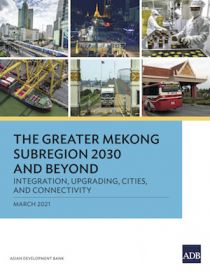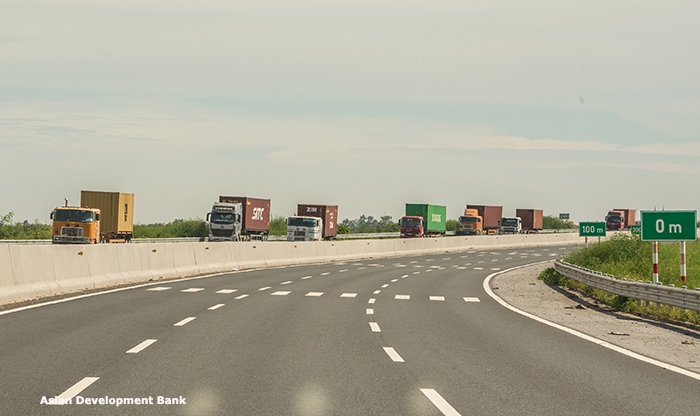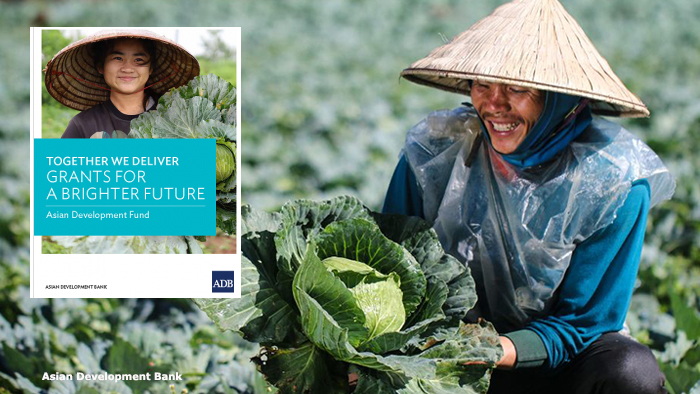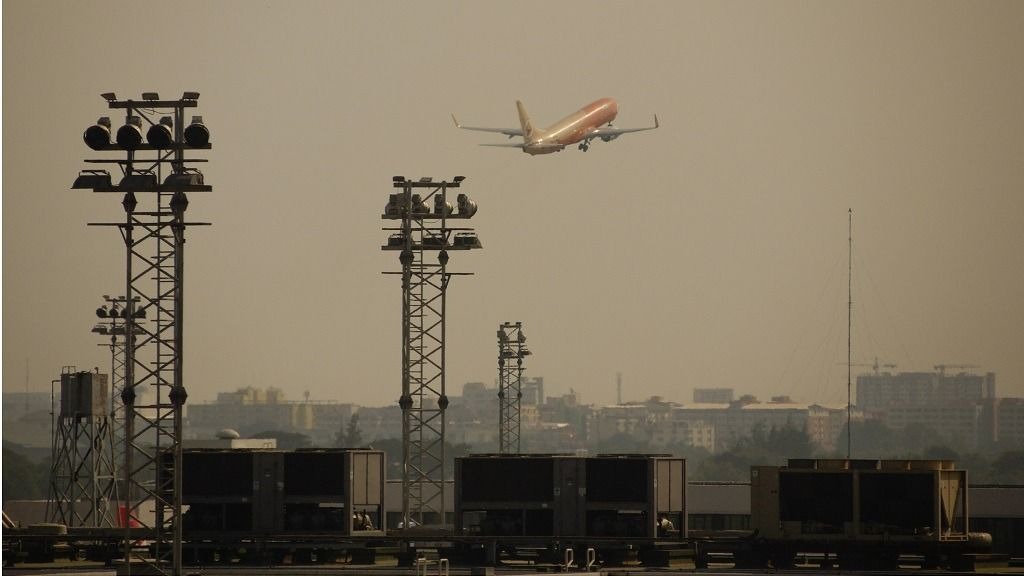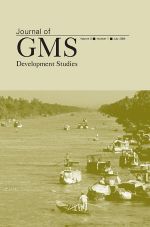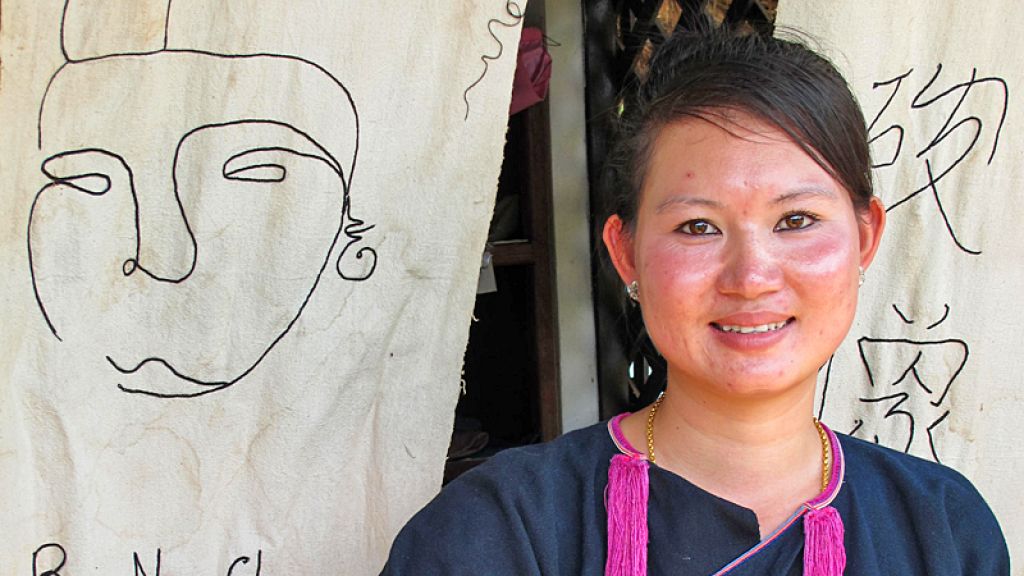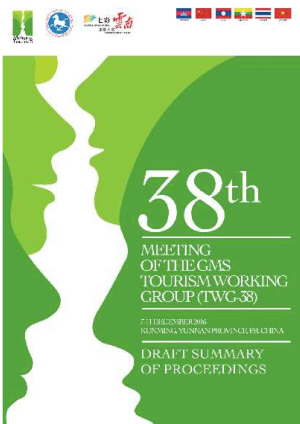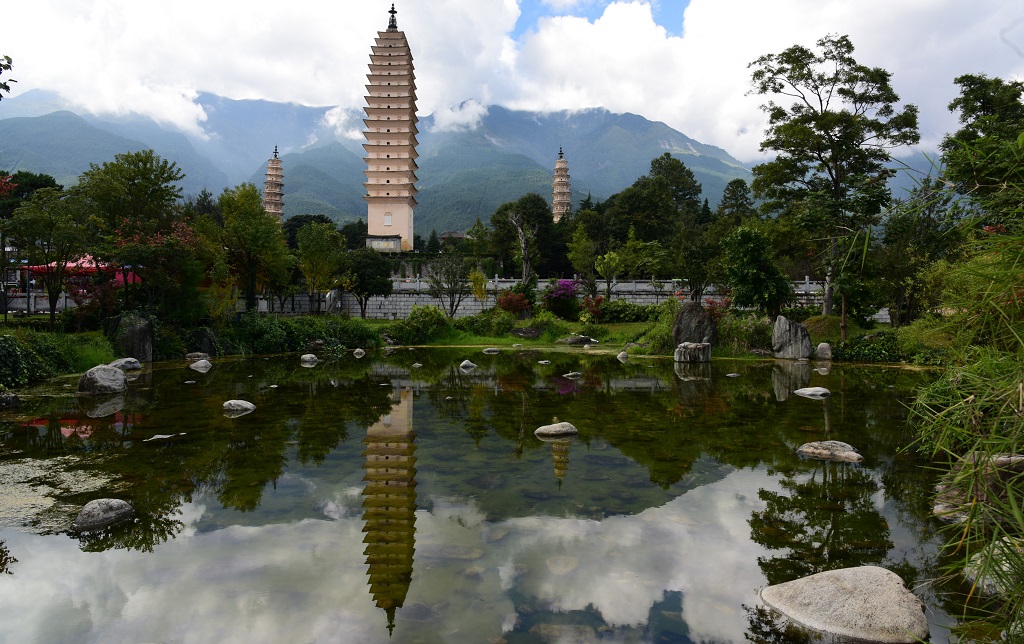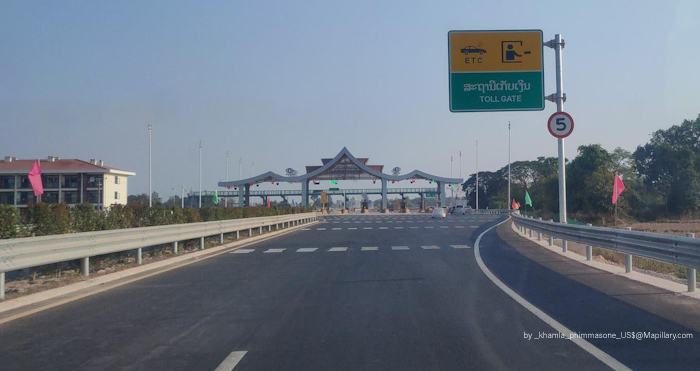
Vientiane toll station photo by _khamla_phimmasone_US$. This file comes from Mapillary.com, a service for sharing geotagged photos. All photos are under a CC BY-SA 4.0.
Lao PDR-PRC Expressway to Improve Connectivity and Boost Investment
The planned Lao People’s Democratic Republic (PDR)-People’s Republic of China (PRC) expressway aims to improve the transport of goods and people, promote production, and boost commerce, investment, tourism and services, in line with the Government of Lao PDR's objectives. It spans 440 kilometers and comprises four sections in total. Section 1 running between Vientiane and Vangvieng, is already in use.

